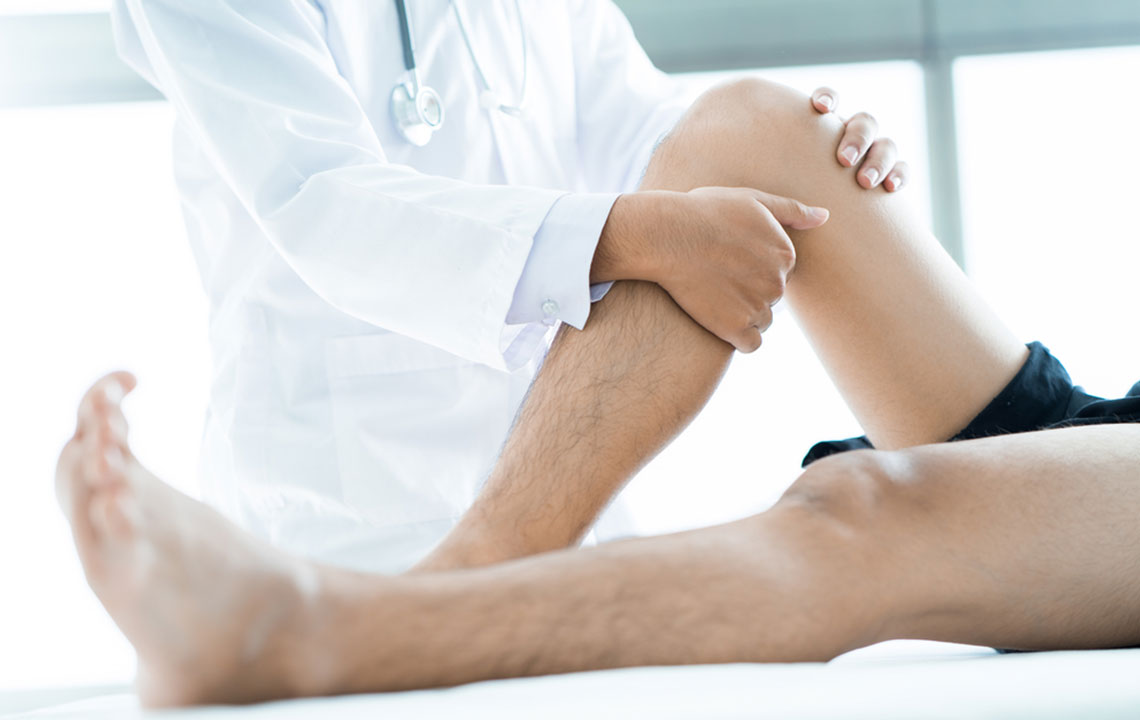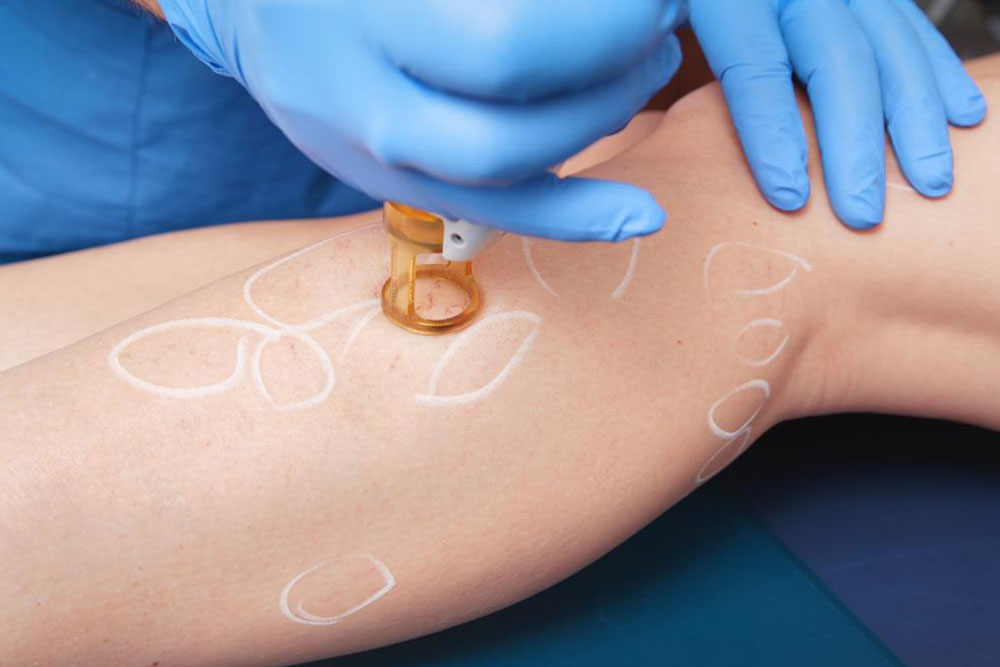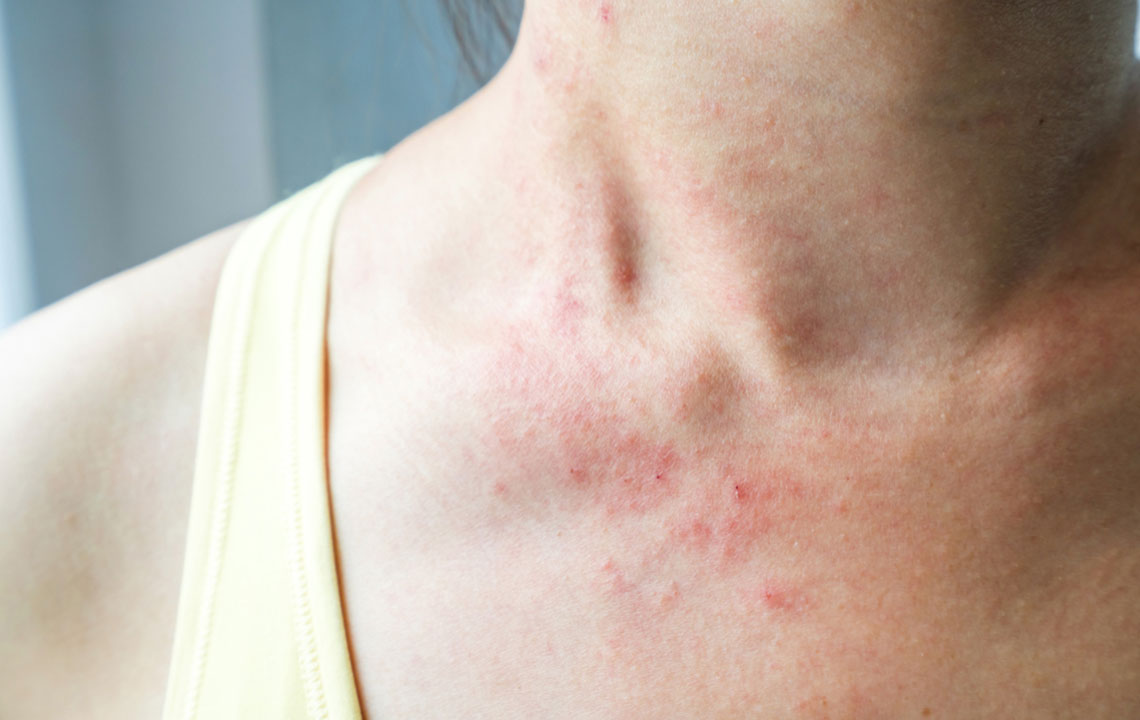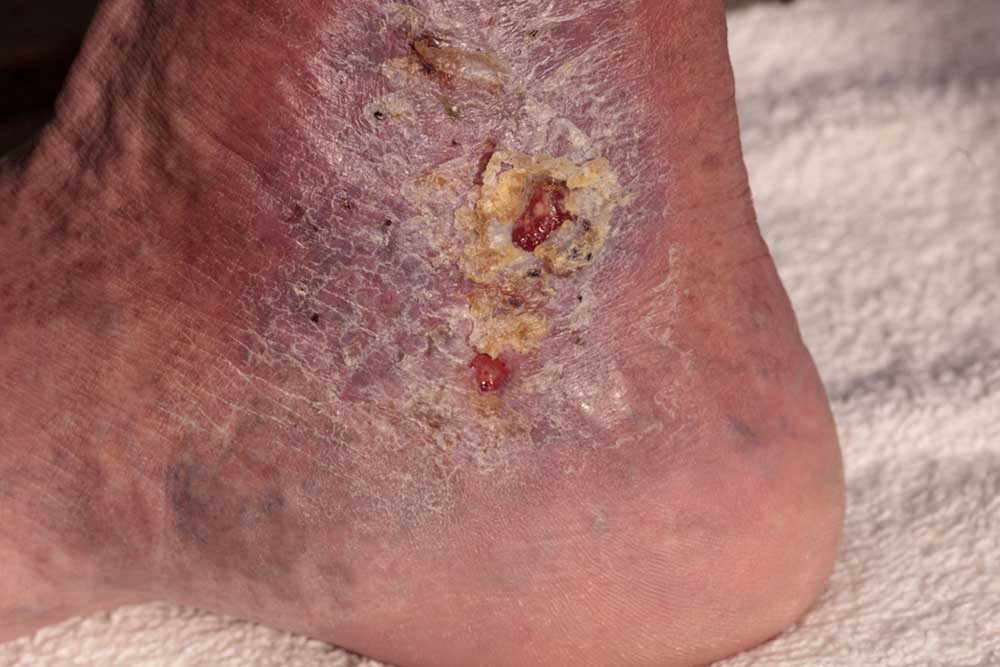Effective Strategies for Treating and Managing Leg Cellulitis
Leg cellulitis is a bacterial skin infection requiring prompt treatment to prevent serious complications. This article discusses effective management strategies, including antibiotics, elevation, cold compresses, and symptom monitoring. Early diagnosis and adherence to medication are key to a speedy recovery. If symptoms worsen or persist, professional medical care should be sought immediately to avoid life-threatening risks. Understanding the signs and treatment options ensures better health outcomes for individuals affected by this condition.
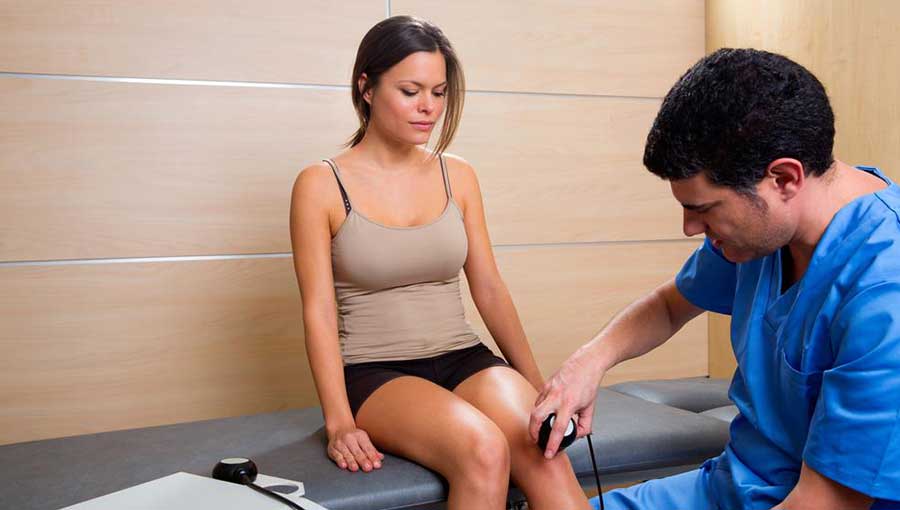
Effective Strategies for Treating and Managing Leg Cellulitis
Leg cellulitis is a serious bacterial skin infection characterized by redness, swelling, and tenderness. The affected skin feels warm and often appears inflamed. Although not contagious, if untreated, the infection can spread quickly to lymph nodes and bloodstream, posing significant health risks. The infection predominantly affects the lower legs but can also occur on arms, face, and other regions. A skin break or tear allows bacteria to penetrate, making prompt treatment crucial. Delay can lead to complications, including systemic infection and even life-threatening conditions.
Immediate medical attention is essential for effective treatment of leg cellulitis.
Leg cellulitis management
Typically, doctors prescribe oral antibiotics to combat the infection. It's important to follow your healthcare provider’s instructions and report progress after three days of medication. The full course usually lasts between five to ten days, but sometimes up to two weeks. If symptoms persist, or if you develop high fever, extensive swelling, or do not respond to oral antibiotics, hospital admission for intravenous therapy may be necessary. Always complete the prescribed medication regimen to prevent recurrence.
Take antibiotics as directed and complete the full course
Elevate the affected limb to reduce swelling
Apply cold compresses to soothe inflammation
Use over-the-counter pain relievers for discomfort
Common symptoms include swelling, redness spreading over the skin, warmth, tenderness, fever, blisters, and skin dimpling. Early intervention ensures rapid recovery and prevents serious complications. If you notice these signs, seek prompt medical care. Maintaining proper hygiene and seeking immediate treatment can greatly improve outcomes and support a swift return to health.
Note:
Our blog provides general health information and advice based on research but should not replace professional medical consultation. Please seek a healthcare professional for diagnosis and personalized treatment. The website is not responsible for inaccuracies or differences across various sources. Always consult your doctor before starting any treatment plan or making health decisions.


